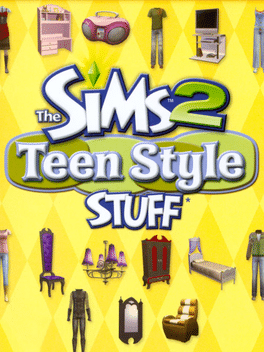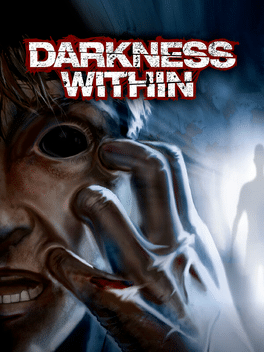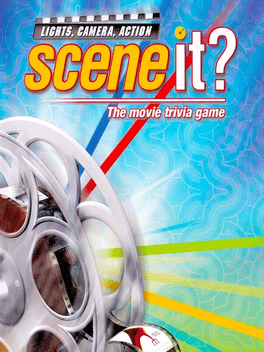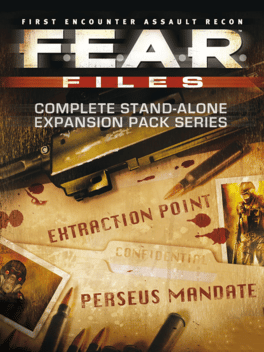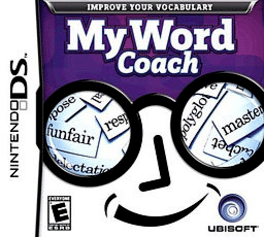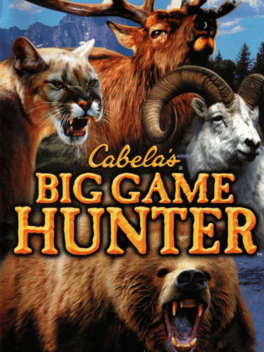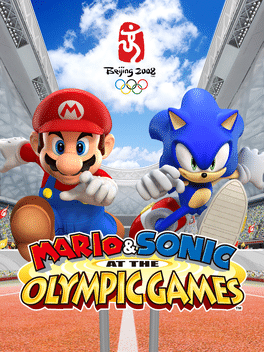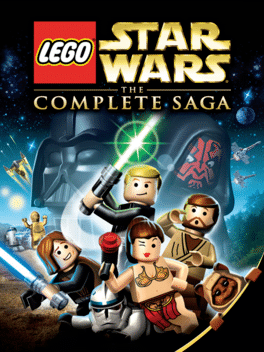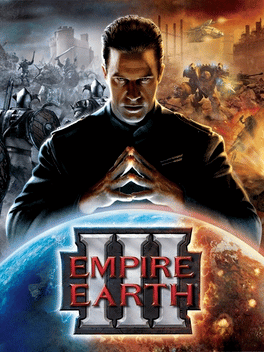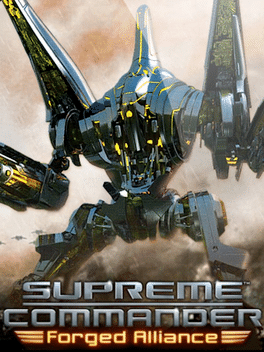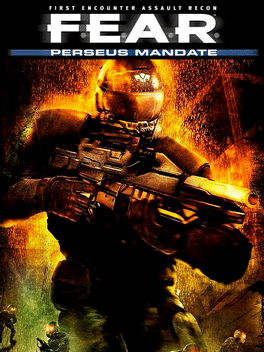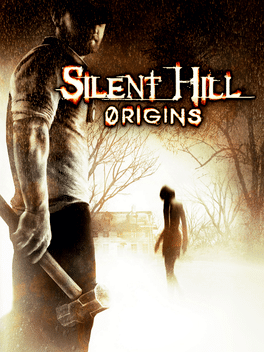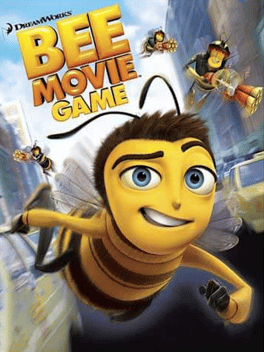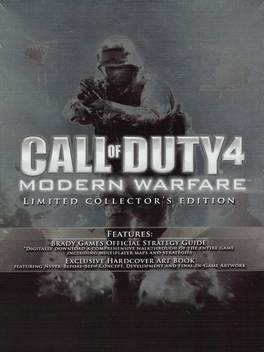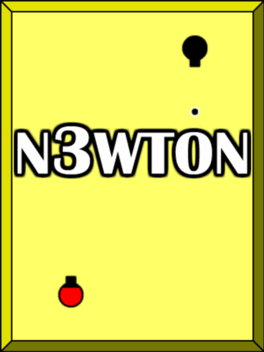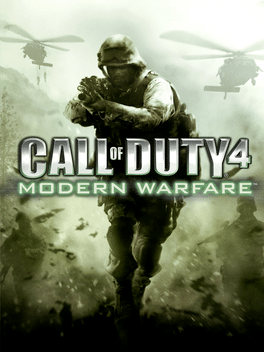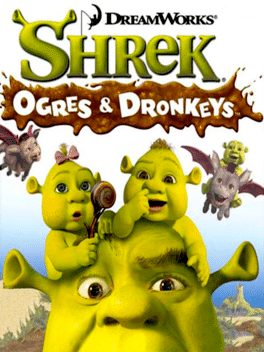New Games - Page 10064
-
The Sims 2: Teen Style Stuff
2007
star 4Give your teen Sims everything they need to express their unique style with The Sims 2: Teen Style Stuff, a stuff pack for The Sims 2! Now your teen Sims can show some attitude with all-new, unique furniture, decor items, fashions and more with three distinct themes - Goth, Thrasher, and Socialite. Give your Sims a new stereo, TV, and other gadgets to keep them up to date and in touch with their friends. Make sure your Sims are always sporting the latest teen fashions including track suits, designer jeans, and yoga outfits. Let your young Sims express themselves in ways only teenagers can! -
Darkness Within: In Pursuit of Loath Nolder
2007
star 5Explore disturbing corners of the human psyche. Delve into a dimension of nightmares, the occult and a tense psychological world created in classic Lovecraftian style. As police detective Howard E. Loreid, you are tasked to solve the murder of Clark Field, a wealthy man involved in the occult. Your number one suspect is Loath Nolder; a highly respected private investigator. After mysteriously abandoning his last case and abruptly resurfacing five years later, one wonders how venerated P.I. Loath Nolder has turned fugitive murder suspect. Your seemingly routine investigation takes a dramatic twist as terrifying happenings begin to plague your psyche. Horrifying dreams and paranormal experiences torment your very being and the line between sanity and insanity becomes frighteningly blurred. Face dire truths hidden deep within the recesses of your mind, as you embark on a surreal adventure.Key features:A chilling point and click Puzzle Horror Adventure inspired by the Works of H.P. Lovecraft, now brought to Steam for -
Scene It? Lights, Camera, Action
2007
star 7.3The popular DVD board game makes its first appearance on Xbox 360 with Lights, Camera, Action. Over 1,800 original movie-themed questions are available across two game modes: Play Now and Party Play. Packaged along with the game are four custom wireless controllers featuring large colored buttons so players can quickly submit or "buzz-in" a multiple-choice answer before their opponents. Featured categories include Child's Play, where a child's artwork is used to depict a movie scene; Quotables, where part of a film's dialogue is missing; Puzzle Picture, which scrambles an actor's image; Invisibles, where actors and other items have been removed from a scene; and Clip Study, which has players answering questions about a short clip. The game automatically keeps track of which questions have been already asked to minimize repeats. -
F.E.A.R. Files
2007
F.E.A.R. Files
2007
star 6.5F.E.A.R. Files is a Xbox 360 compilation containing the two standalone expansions to F.E.A.R.: • Extraction Point, which continues the original game’s events. • Perseus Mandate, a side story following a different F.E.A.R. team. Both include single-player campaigns and additional Instant Action and multiplayer maps and can be played without the base game. -
My Word Coach
2007
My Word Coach
2007
star 5.8Ubisoft's My Word Coach for the Nintendo DS will improve your vocabulary and help develop your ability to verbally express yourself with confidence and persuasion. Working closely with applied linguist Dr. Tom Cobb of UQAM University, the award-winning Ubisoft Montreal studio developed My Word Coach to provide a fun and engaging path for all ages to increasing their personal communication skill set. The Nintendo DS version makes use of the systems unique touch screen. Robust catalogue of definitions: With a dictionary of over 16,800 words to master, players will never run out of fun. Adaptable lessons for all skill levels: Activities are customized depending on each player's abilities, making My Word Coach a game for everyone! Multiplayer mode: Players can challenge their friends to a vocabulary competition using one of five multiplayer games - such as Safecracker and Cereal Letter. -
Cabela's Big Game Hunter 2008
2007
star 7.5Cabela's Big Game Hunter is the first video game to be published in the Big Game Hunter series. It portrays a variety of hunting scenarios and has a variety of weapons, characters, animals, and locations. The game was published by HeadGames Publishing, in conjunction with hunting supply company Cabela' -
Mario & Sonic at the Olympic Games
2007
star 6.4Mario & Sonic on the Wii is a collection of twenty-four events based on the Olympic Games. Players can assume the role of a Nintendo or Sega character while competing against the others in these events. Players use the Wii Remote to mimic actions performed in real life sports, such as swinging a paddle. -
LEGO Star Wars: The Complete Saga
2007
star 8.3Play through a fun Star Wars galaxy that combines the endless customization of LEGO with the epic story from all six episodes of Star Wars. This is the definitive LEGO Star Wars comprising the first two games and expanding them with new characters, enhanced visuals, and more bonus levels than you can shake a lightsaber at. LEGO Star Wars: The Complete Saga is a family-friendly game, which is both funny and challenging. Pick and choose your characters wisely to engage in combat, solve puzzles and work together as a team to defeat the dark side. -
Empire Earth III
2007
Empire Earth III
2007
star 4.7Empire Earth III is a real-time strategy video game developed by Mad Doc Software and published by Sierra Entertainment, released on November 6, 2007.[1][2][3] It is the latest installment of the Empire Earth series and has generally received widespread negative reviews.[4] Empire Earth III contains five epochs, fewer than other games in the series but covering roughly the same time period. The game features three factions: Middle Eastern, Western, and Far Eastern.[5] Each faction comprises unique buildings, units, and technologies. -
Supreme Commander: Forged Alliance
2007
star 7.6Forged Alliance is a stand-alone expansion to the critically acclaimed RTS game Supreme Commander. The game adds a brand new alien race, the Seraphims, who have come back from outer space to wreak havoc on humanity. One campaign had been added, and the gameplay of the three existing factions has been significantly reworked. -
F.E.A.R. Perseus Mandate
2007
star 7.1F.E.A.R. Perseus Mandate is the second expansion pack to F.E.A.R. The game's action and horror elements are tied to a plot filled with backstabs and double-crosses as senator, his lackey and a group of shadowy mercenaries clash in their journey to unlock the mysteries revealed in the previous F.E.A.R games. In addition to the weapons from the first two F.E.A.R games, in Perseus Mandate the player has access to a grenade launcher, a lightning gun and an advanced rifle, all of which will be necessary to dispatch a tough new cast of bad guys. Unlike the previous expansion, this title can be played stand-alone and does not require the original game. -
Silent Hill: Origins
2007
Silent Hill: Origins
2007
star 7.7Silent Hill: Origins is the fifth installment in the Silent Hill survival horror series, and a prequel to the original game. As in the previous entries, the player move back and forth between nightmare and real versions of the town, gathering items used to solve puzzles and open up new areas. Monsters of various types provide obstacles and, in series tradition, are mostly disturbingly twisted versions of humanity. The main character can fight with his bare fists or use melee weapons. Unlike previous games in the series, melee weapons break after a time. There are also one-shot items that can be thrown and several guns. There is no HUD, but the edge of the screen turns red when the protagonist is near death. -
Bee Movie Game
2007
-
Call of Duty 4: Modern Warfare - Limited Collector's Edition
2007
Call of Duty 4: Modern Warfare differs from previous installments of the Call of Duty series. Previous Call of Duty games have a distinct three country-specific campaign style, while Call of Duty 4 has a more film-like plot with interlaced story lines from the perspectives of Sgt. Paul Jackson of the Marines 1st Force Recon and Sgt. 'Soap' MacTavish of the British 22nd SAS Regiment. This limited collector's edition includes: - Call of Duty 4: Modern Warfare - Bonus DVD with making-of scenes, a documentary of the British S.A.S., a level walk-through by the developer, and some campaign trailers. (Europe-only) - Poster featuring the cover art of the game. - Hardcover art book narrated by the developers and artists, with concept, development and final in-game artwork. (Xbox 360 & European Windows-only) - Digital copy of the Brady Games official strategy guide (Windows-only) -
N3wton
2007
N3wton
2007
As the name suggests, N3wton is based on the premise of Newton's 3rd Law - For every action there is an equal and opposite reaction. This rule governs your character throughout the game. Each of the 25 levels requires you to hit the enemy off the edge of the stage. -
The Simpsons Game
2007
-
Duck Life
2007
Duck Life
2007
star 5Train up a duckling then enter it in races! As you play the training mini games, the duck levels up, making it faster during the races. -
Call of Duty 4: Modern Warfare
2007
star 5.7Call of Duty 4: Modern Warfare is a game in the Call of Duty series franchise, developed specifically for the Nintendo DS. It was released on November 5, 2007. Like Call of Duty 4: Modern Warfare for traditional consoles, the Nintendo DS version takes place in modern day and offers players modern weapons. The game features many elements of gameplay typical to the series. The Nintendo DS version of the game allows the player to assume the roles of several anonymous soldiers, who are either affiliated with the British S.A.S. or American armed forces. Unlike the console and PC version of Call of Duty 4: Modern Warfare, players do not directly impact the outcome of the war. -
Shrek: Ogres and Dronkeys
2007
star 7Shrek and Fiona's energetic triplets appear along side Donkey and Dragon's playful offspring, the dronkeys, exclusively on the Nintendo DS. This game gives handheld gamers the chance to train, play and explore with their mischievous new friends on wild adventures throughout the hilarious world of Shrek.

